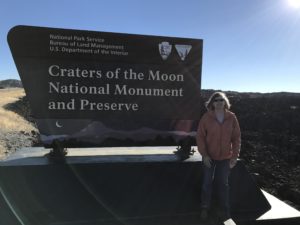 We visited all the national park sites in Idaho during our recent trip, and our favorite, by far, was Craters of the Moon National Monument and Preserve. If you want weird, wild, unexpected geography, Craters of the Moon is the place to go. When President Calvin Coolidge established Craters of the Moon National Monument in 1924, he called it a “weird and scenic landscape, peculiar to itself.”
We visited all the national park sites in Idaho during our recent trip, and our favorite, by far, was Craters of the Moon National Monument and Preserve. If you want weird, wild, unexpected geography, Craters of the Moon is the place to go. When President Calvin Coolidge established Craters of the Moon National Monument in 1924, he called it a “weird and scenic landscape, peculiar to itself.”
When we think of Idaho we think of mountains and potatoes. Craters of the Moon has neither of these. Instead, it is an area of rolling hills created by volcanic activity. Yellowstone National Park in Wyoming sits on top of another hot spot in the earth crust (like the hot spot that created Hawaii). Because of the movement of the tectonic plates, the land on top of the hot spot is constantly moving. At one time the area of Idaho preserved in Craters of the Moon was over the hot spot.
Craters of the Moon has lava formations just like Hawaii. There are spatter cones, cinder cones, lava tubes, pahoehoe lava, and crusty ‘a’a lava. Vast volumes of lava issued from long fissures across the Snake River Plain beginning 15,000 years ago. Lava flows as recent as 2,000 years ago shape and mold the landscape. We appreciated these formations even more because we had just come from Hawaii.
A variety of wildflowers and wildlife fertilize and break up the seemingly barren lava fields. Pika, sage-grouse, and pygmy rabbits live in the hollows created by lava flows.
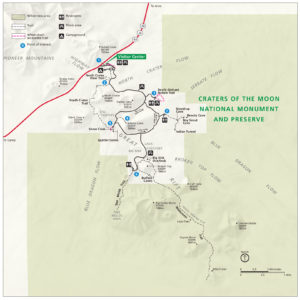 We started our visit at the Visitors Center which had some interesting displays on ways the land here has been used. The lava flows are in a fairly contained area, but it is 53 miles long and contains 750,000 acres. Pioneers following the Goodale Cutoff crossed the northern edge of this land. They were probably thankful they could go around the rugged terrain instead of having to go through it. After looking through the museum and watching the movie, we headed out into the park.
We started our visit at the Visitors Center which had some interesting displays on ways the land here has been used. The lava flows are in a fairly contained area, but it is 53 miles long and contains 750,000 acres. Pioneers following the Goodale Cutoff crossed the northern edge of this land. They were probably thankful they could go around the rugged terrain instead of having to go through it. After looking through the museum and watching the movie, we headed out into the park.
In 1970 over half of the Craters of the Moon National Monument and Preserve was set aside by Congress as designated wilderness. Consequently there are developed roads in the northern part of the monument but wilderness and backcountry trails only in the southern part. We drove along the paved roads and hiked most of the shorter trails. We drove past the developed campground and walked along the short North Crater Flow Trail. This trail had the best interpretive signs of any lava field we have visited. We could clearly see pressure ridges, squeeze ups, ‘a’a lava, pahoehoe flows, and rafted blocks.
We walked through Devil’s Orchard and hiked the Caves Trail. The Caves are remnants of lava tubes where part of the roof of the tube collapsed. We climbed 618 feet up Inferno Cone for a great panoramic view of the monument. The spatter cones were impressive with deep holes in the middle that looked like passages into the center of the earth. We hiked the Broken Top Loop Trail through a variety of kinds of lava. Again, there were excellent interpretive signs.
When we got done hiking we returned to the Visitors Center to tell the rangers how much we enjoyed the park. This park has some of the best interpretation of any park we have visited. We wanted the rangers to know how much we appreciate the work they have done.
Craters of the Moon National Monument and Preserve is an excellent place to spend the day. You can also camp on the lava beds at the very nice campground which would be a cool thing to do. Because it is an International Dark Sky Park at 6,000 ft elevation, the stars are fantastic. The hiking is excellent and the scenery is other-worldly. Must be where they came up with the name!


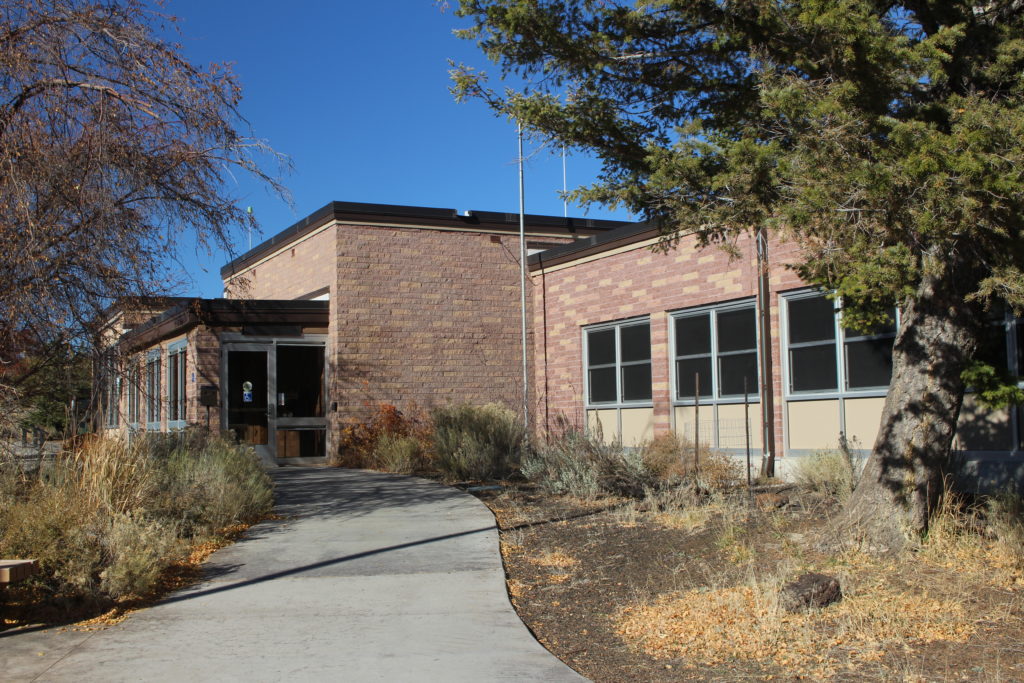
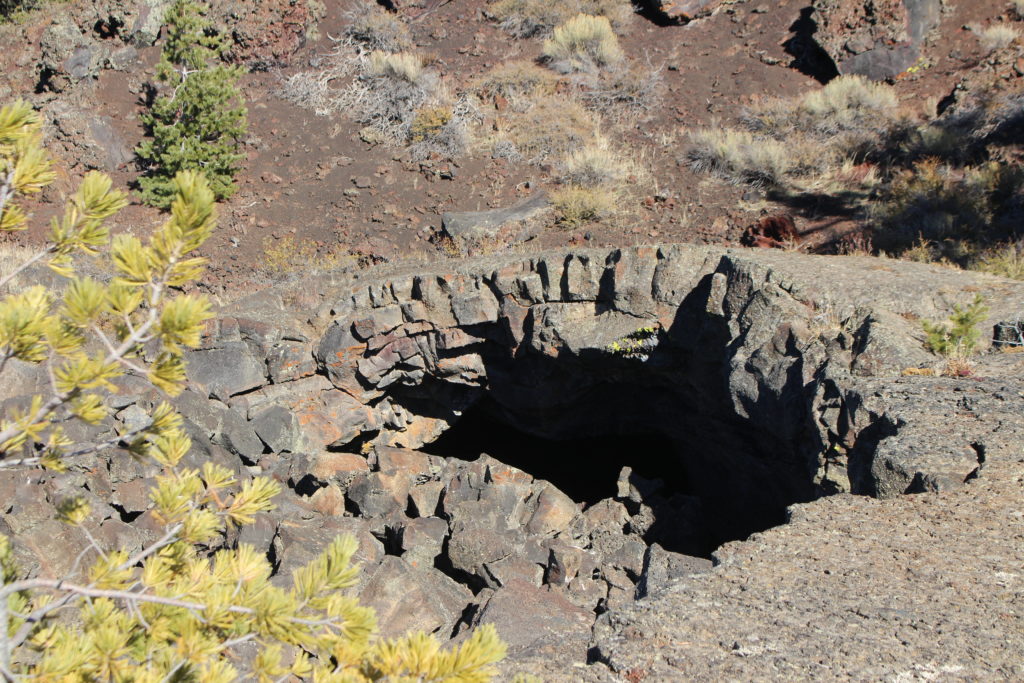
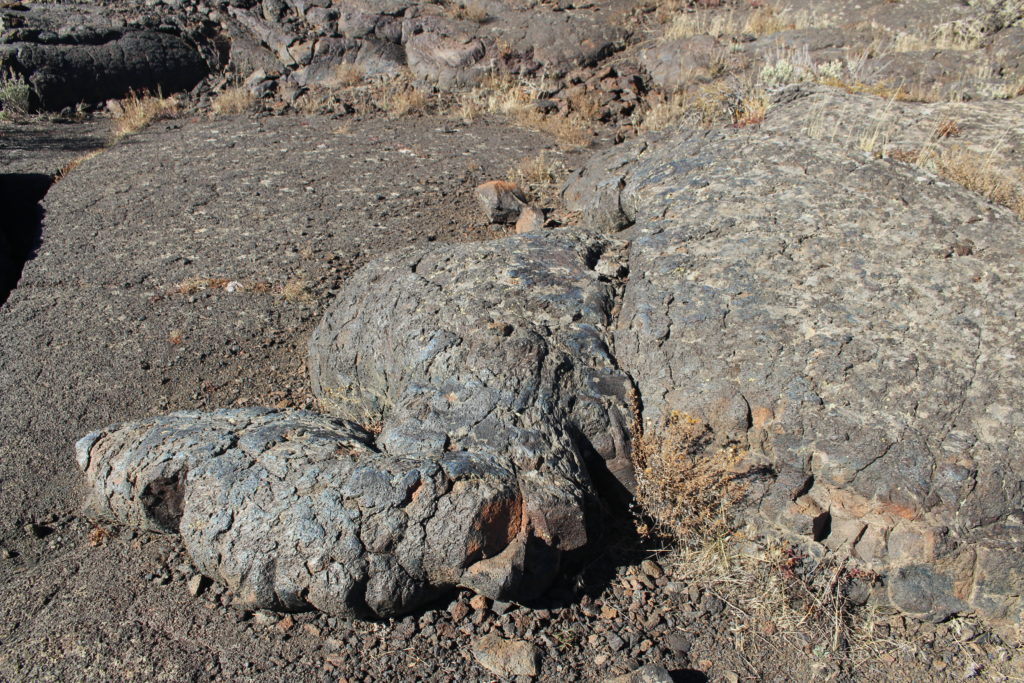
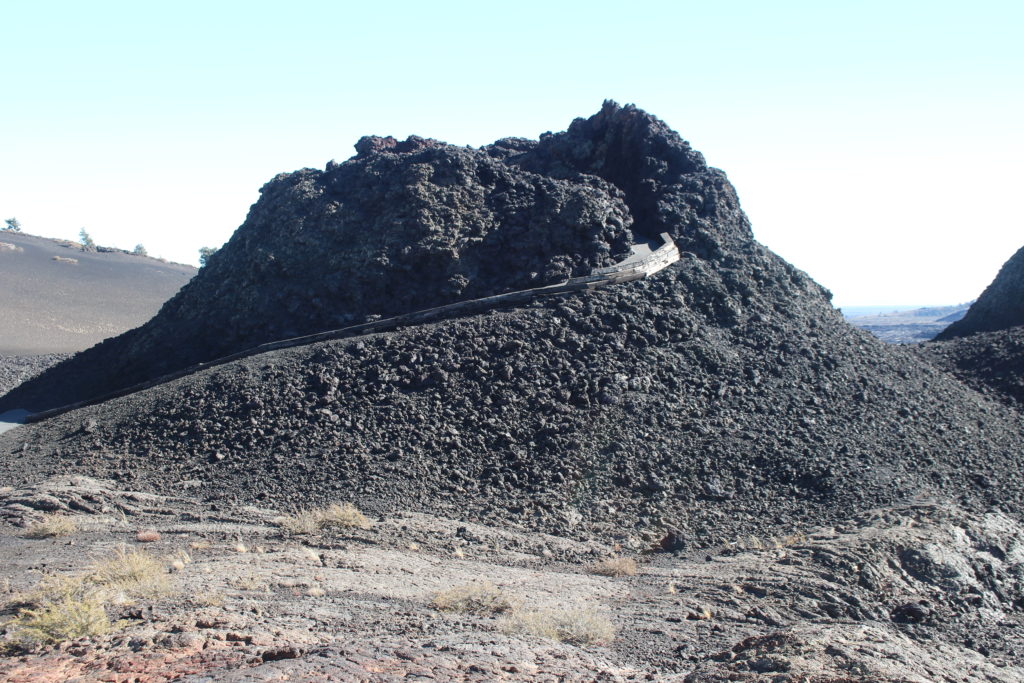
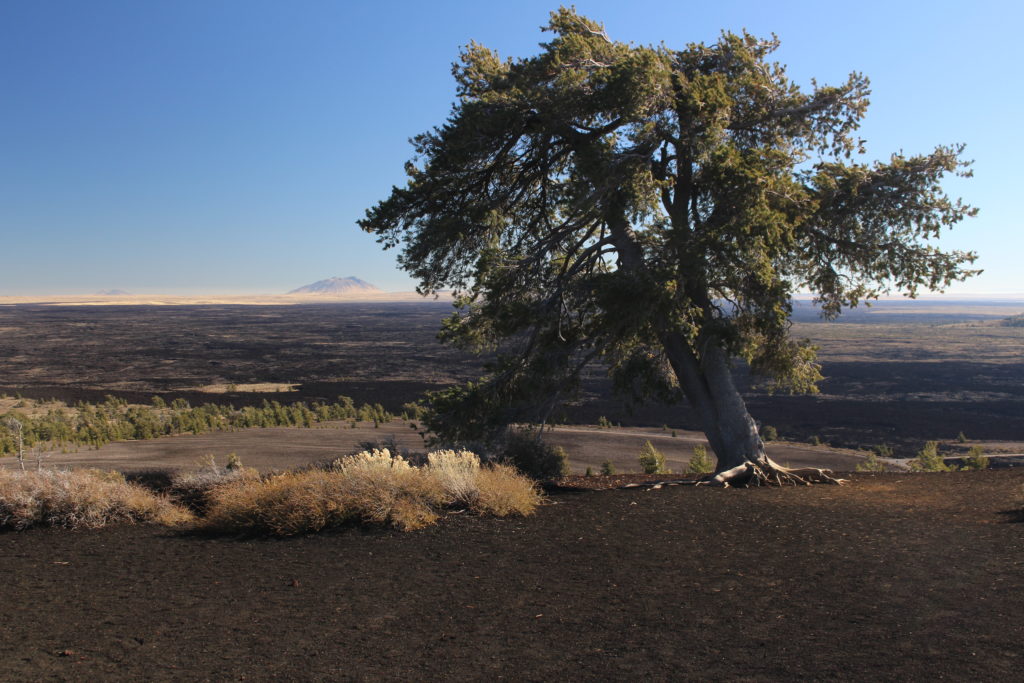
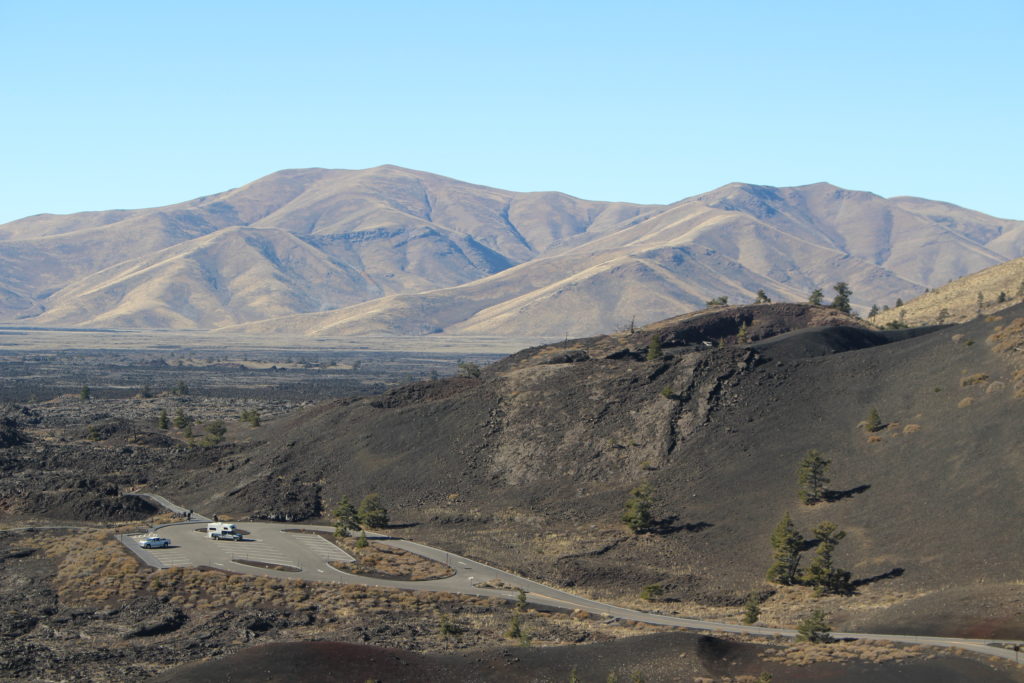
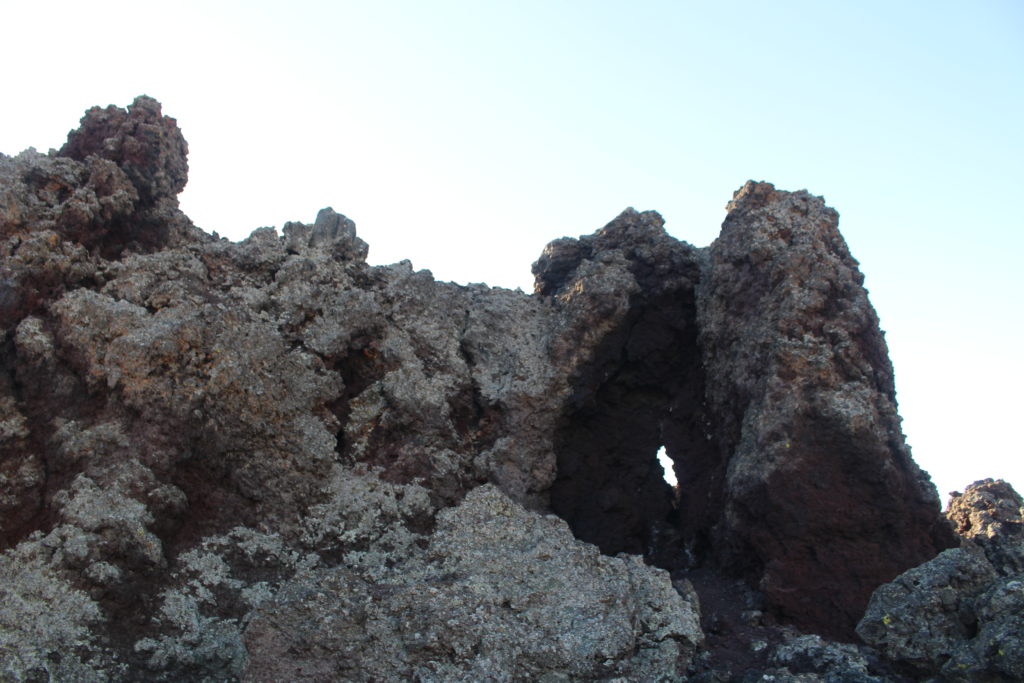
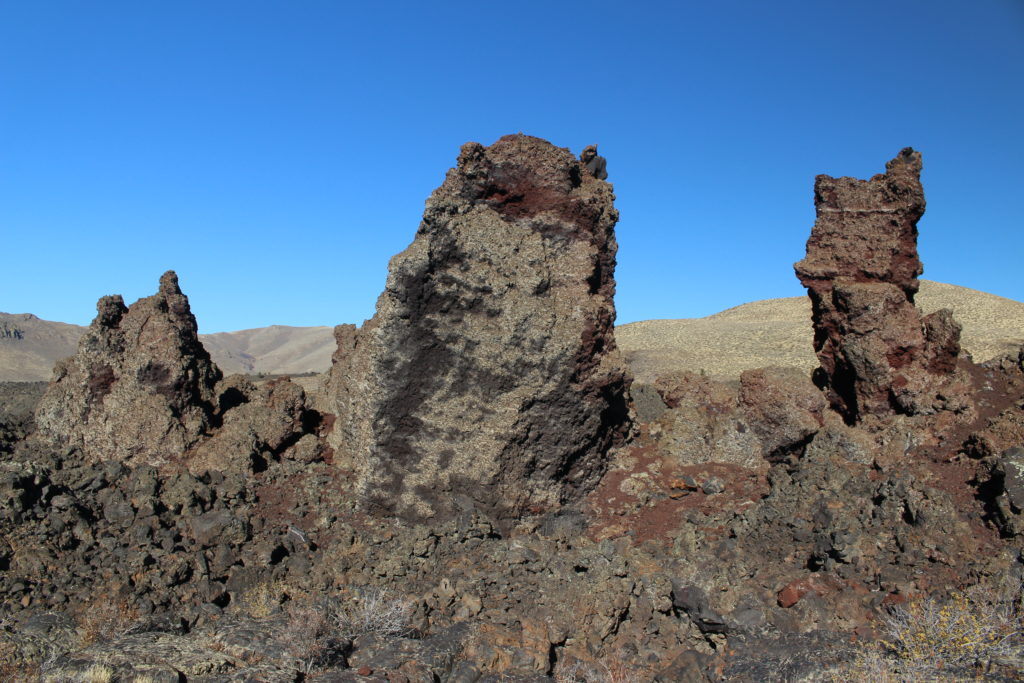
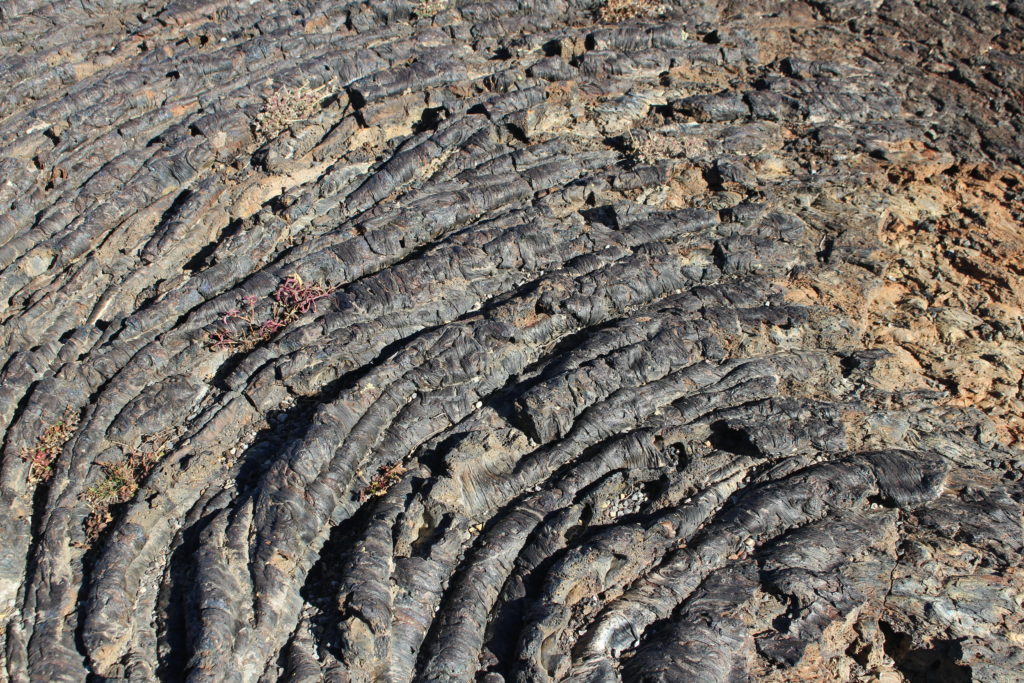

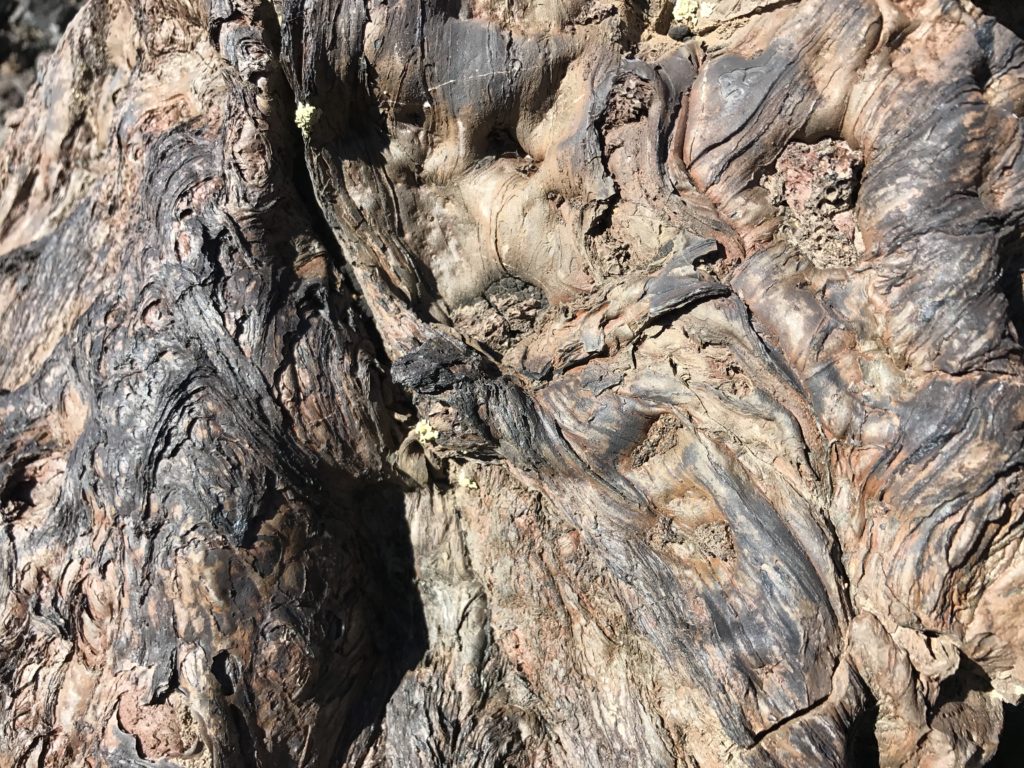
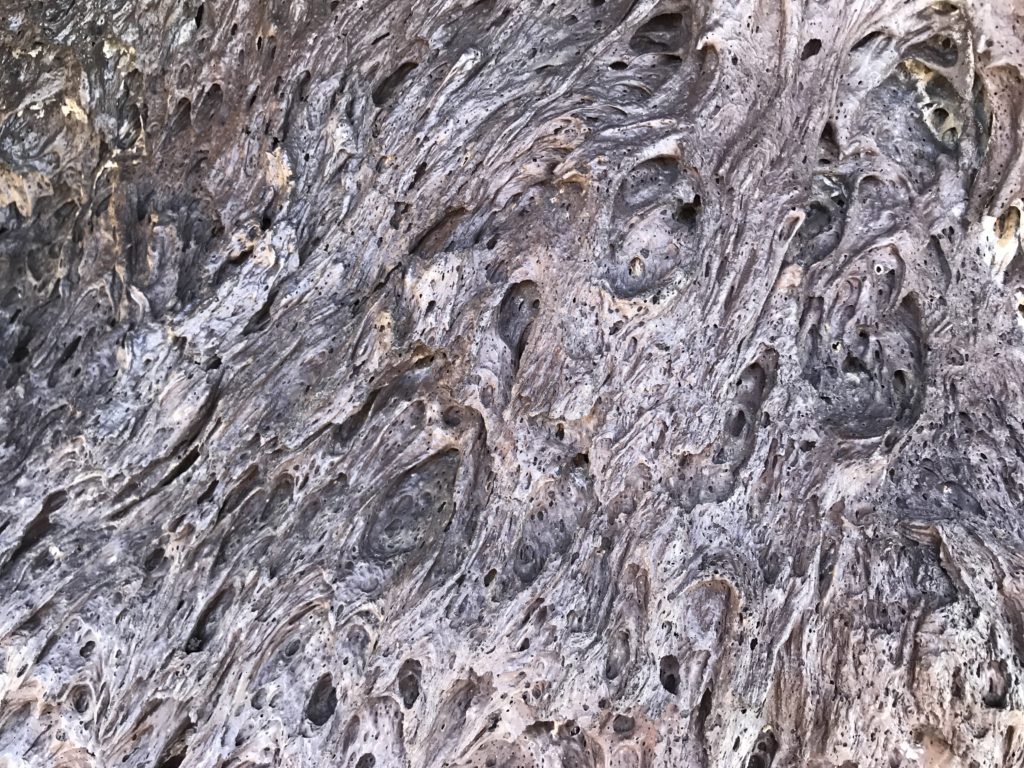
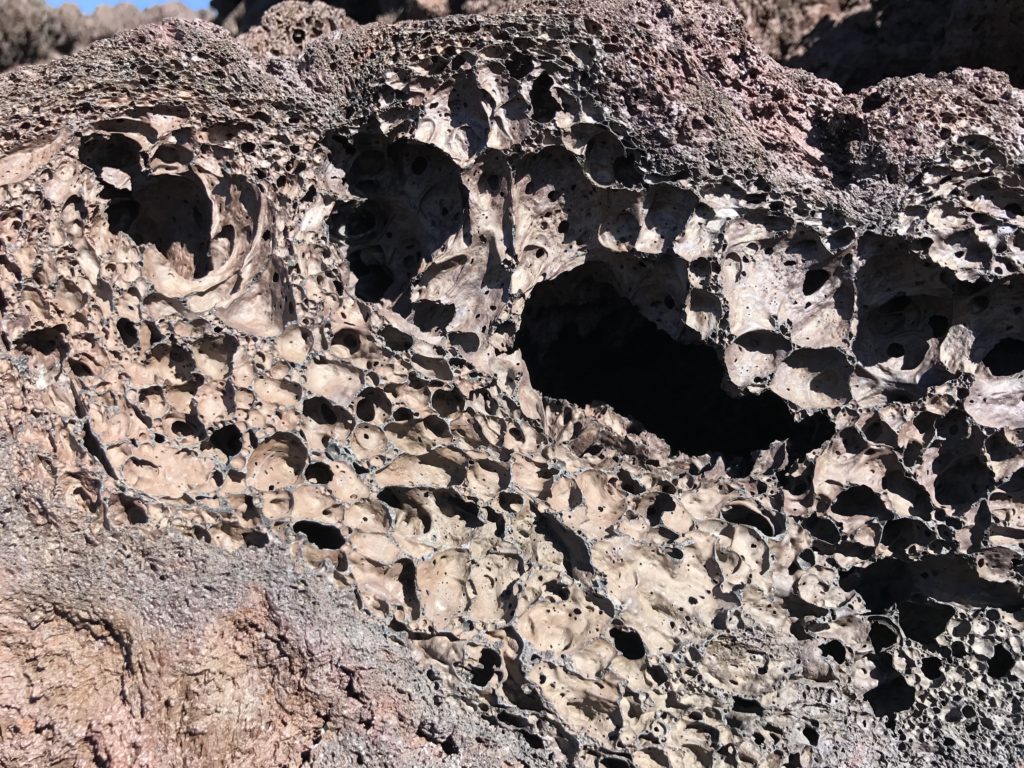
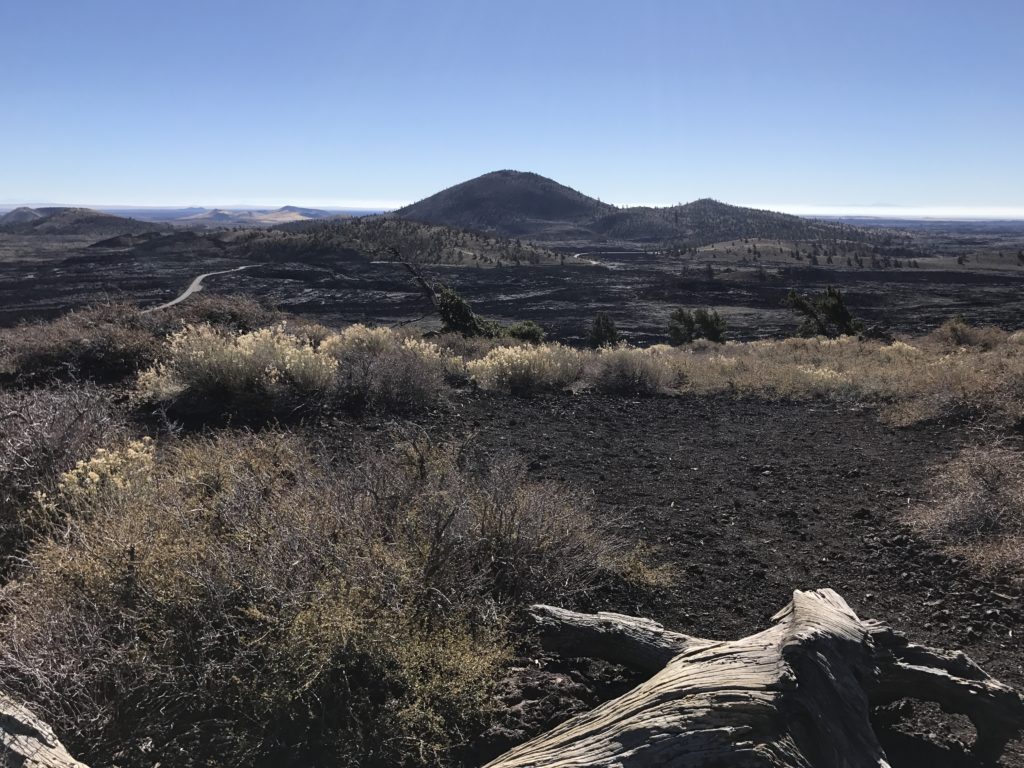
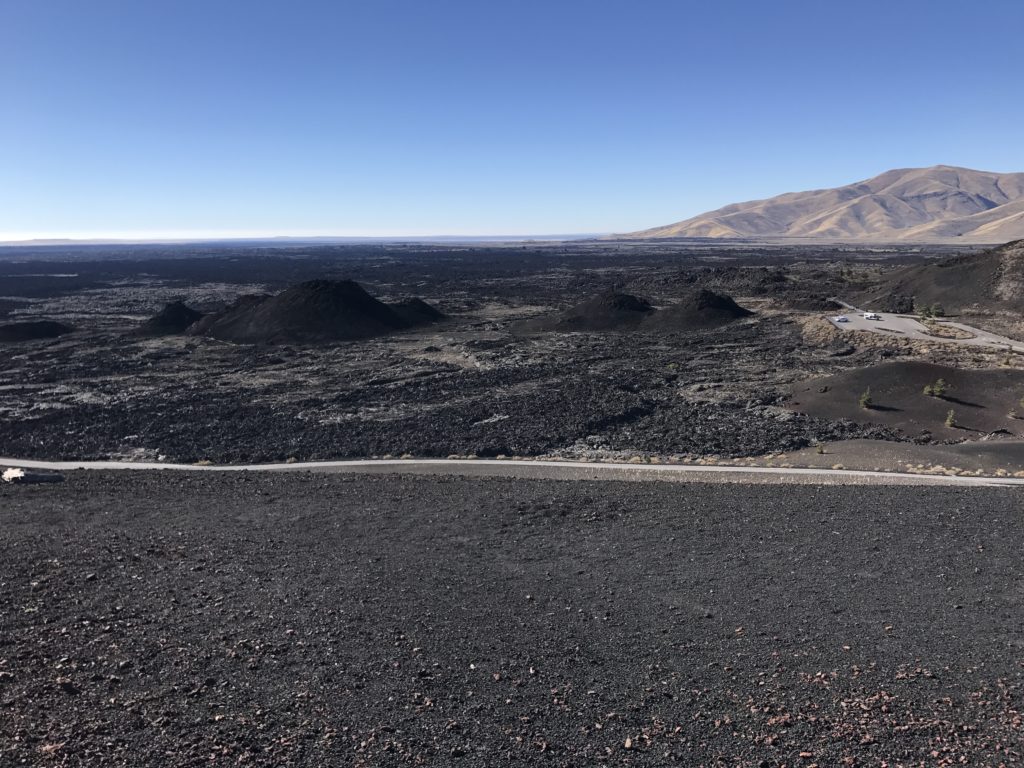
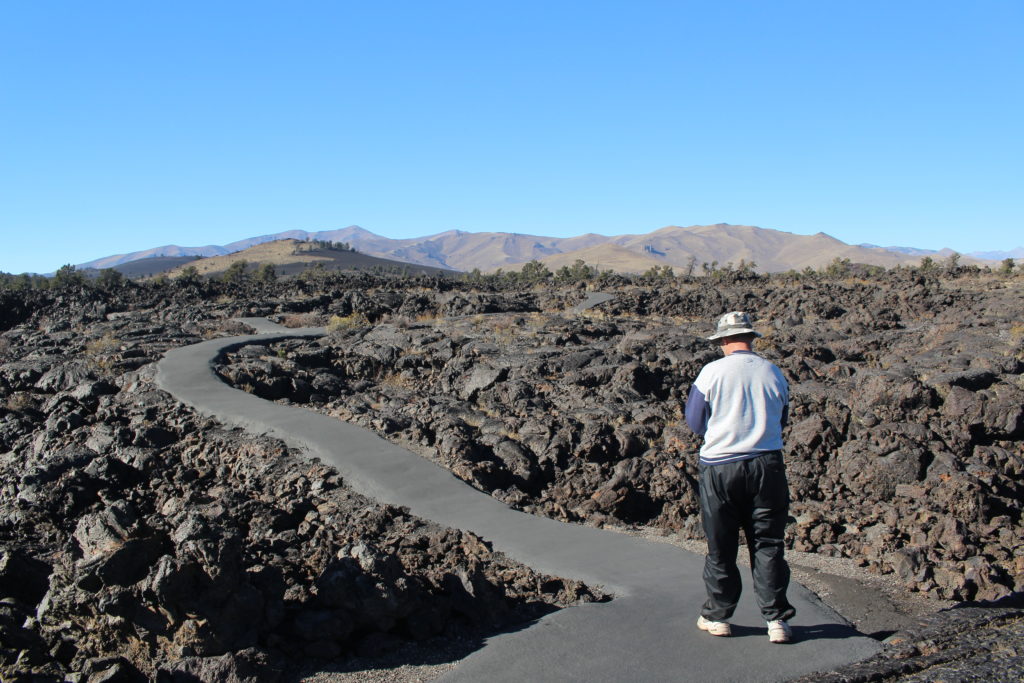
Can see why you enjoyed this countryside so much – loved seeing the spatter cones, tubes, etc. – very interesting lava pics!!
It’s been a fall full of lava!